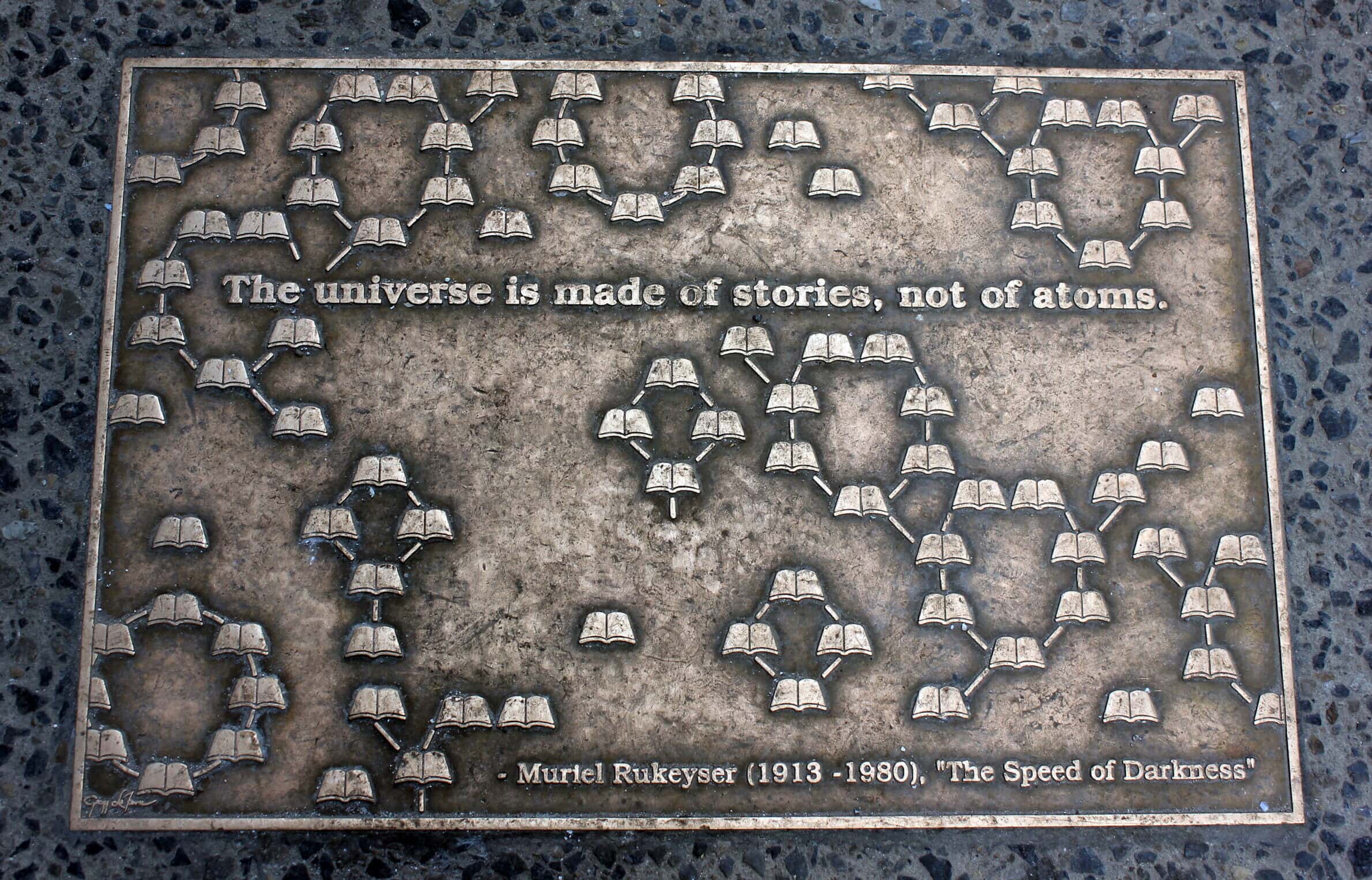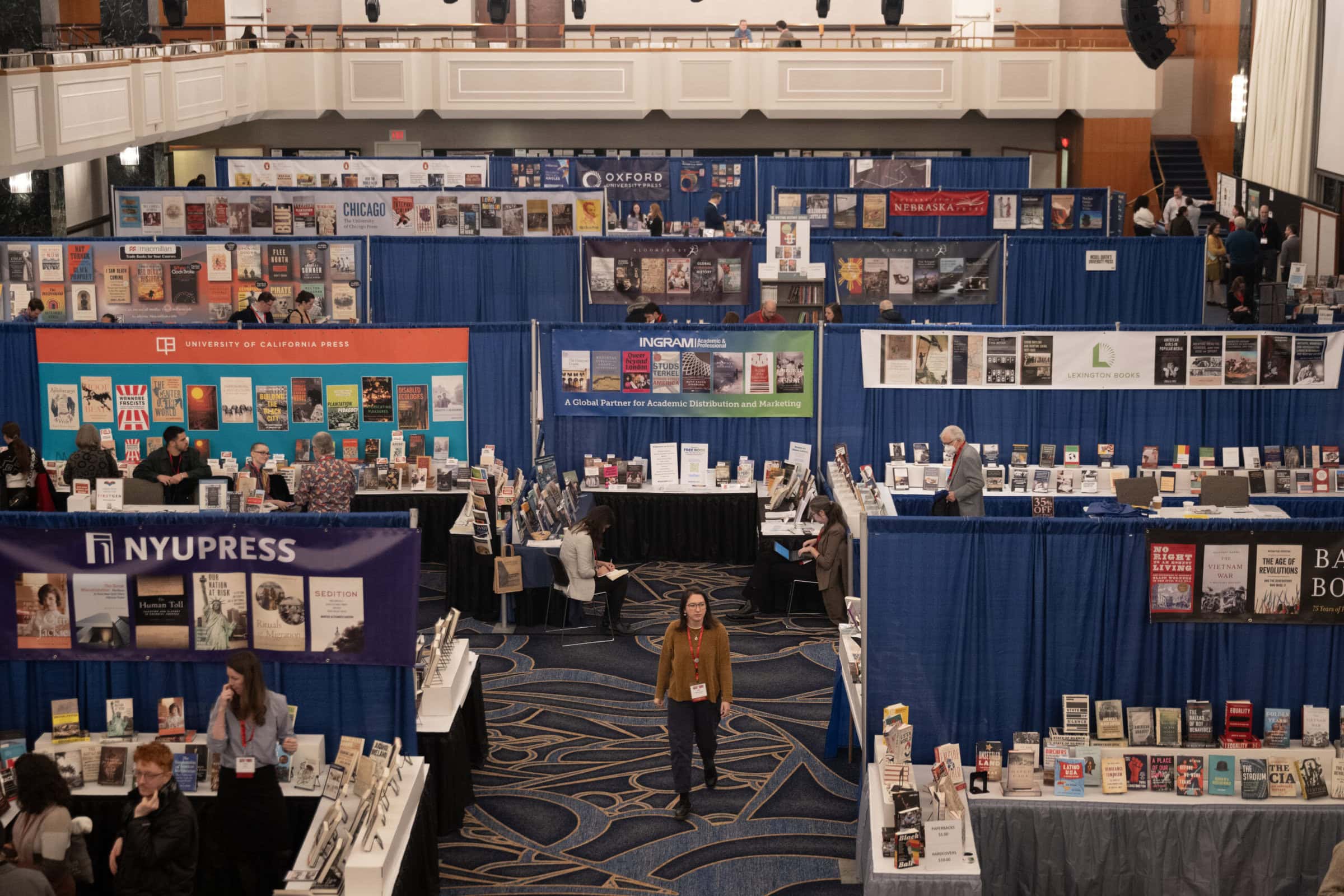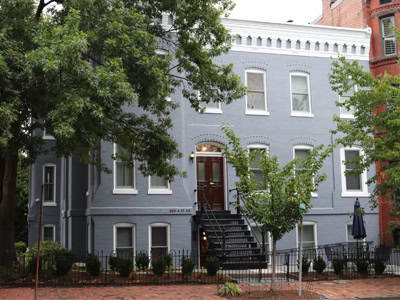For a historian, no trip to Massachusetts would be complete without venturing north of Boston to visit three of the most historic towns in the country: Salem, Marblehead, and Gloucester. While visitors today are greeted with three very different communities, each of these cities had similar beginnings in the 17th-century world of Puritan Massachusetts.
Unlike migrants to the Chesapeake, Massachusetts colonists were not greeted with fertile soil that would yield a cash crop. Instead, as any backyard gardener in New England will tell you, they found a rock-filled landscape that supported only subsistence agriculture. New Englanders would therefore have to look to the sea to find their riches. The histories of Salem, Marblehead, and Gloucester speak to the complicated relationship between Massachusetts residents and the sea.
The most immediately marketable commodity that Massachusetts colonists found was fish, specifically the cod whose abundance gave Cape Cod its name. Europeans had been fishing the waters off the New England coast for years before English colonists established permanent settlements in North America. As Daniel Vickers points out in his definitive account of the early industry, Farmers and Fishermen: Two Centuries of Work in Essex County, Massachusetts, 1630–1850, those with the will or experience to exploit the abundance of the sea were not part of the Puritan migration. Unlike the sober Puritan families guided by their desire to create a “city upon a hill,” the settlers attracted to the New England fisheries were mostly young, single men from the West Country of England. The lives of these British laborers were ruled not by religious doctrine but by the rhythms of the sea. The fishing communities in Gloucester, Salem, and Marblehead, characterized by hard drinking, frequent fighting, and economic instability, bore a much closer resemblance to the Wild West than they did to the city on a hill.1 Eventually, Cotton Mather became so concerned about this “numerous tribe [of fishermen] in our Israel” that he wrote “The Fisherman’s Calling,” a 1712 essay that preached religious doctrine in terms that Mather was sure the fishermen would understand, describing the Bible, for example, as a “rich Bank in the Ocean of truth.”2
Many of Salem’s most prominent merchants were able to parlay profits from the fishing industry into more lucrative shipping ventures. The history of Elias Hasket Derby of Salem clearly illustrates the potential of the sea. Derby’s father, Richard Derby, had been a successful sea captain and merchant, primarily trading between New England and the West Indies, where the enslaved population of the sugar islands provided a ready market for any substandard cod that could not be shipped to Europe. While Elias Hasket Derby never went to sea, he managed and enlarged the West Indian business that his father started. When this trade network was disrupted by the Revolutionary War, Elias Hasket Derby outfitted many of his trading vessels as privateers. Through a combination of skill, planning, and luck, the Derby privateers were remarkably successful and Elias Hasket Derby quickly became the richest and most revered man in Salem.3 As trade with the familiar markets continued to falter in the years after the Revolution, Derby’s ship Grand Turk was the first Salem vessel to engage in the China trade. This trade network brought back exotic goods such as silks, tea, porcelain, and pepper from ports such as Java, Sumatra, Fiji, Canton, and Hong Kong and made Salem a major player in the national economy, at one time contributing 5 percent of the national treasury through its tariffs.4 Internationally, Salem’s residents were such familiar faces in far-off places such as Macau and Whampoa that accounts, though probably apocryphal, exist of Chinese maps that labeled much of North America as “Salem.”5
Today, Salem’s maritime history is still visible in sites such as the Salem Maritime National Historic Site (160 Derby St., 978-740-1650), which includes Elias Hasket Derby’s home and the replica China trade vessel, The Friendship. Nearby, one can also find The House of the Seven Gables (115 Derby St., 978-744-0991), which inspired Nathaniel Hawthorne’s book of the same name and features the merchant histories of the home’s various owners. Last, the Peabody Essex Museum (161 Essex St., 978-745-9500), whose collection began as a “cabinet of curiosities” for items brought back from Salem’s exotic trading ventures, is a leading repository for art and artifacts associated with the China trade.
The upscale community of Marblehead today bears no resemblance to the rough and tumble fishing world that it once was. This disconnect between Marblehead’s past and present is likely due to the fact that the town’s involvement with fishing came to an abrupt end in 1846, when a hurricane on the Grand Banks off Newfoundland virtually destroyed the town’s entire fleet. Marblehead’s fishing industry never recovered from the Great Gale of 1846 and shoemaking quickly became the dominant industry in town. Later in the 19th century, Marblehead became a popular resort community for wealthy Bostonians. Two yacht clubs were founded to service the wealthy population and the town quickly became known as the “yachting capital of the world.”6
Today, Marblehead is still an elite suburb of Boston with a charming historic core. The town’s Historic District features 200 colonial homes. Its centerpiece is the Marblehead Museum and Historical Society (170 Washington St., 781-631-1768), which offers tours of the Lee Mansion, home to forgotten patriot Jeremiah Lee and one of the most stunning and well-preserved examples of colonial architecture in the country.
In the Cape Ann community of Gloucester today’s visitors will encounter the most visible reminders of the region’s fishing history. The fishing community of Gloucester was able to sustain itself even after the industry had died down in Salem and Marblehead. As the 19th century progressed, mackerel, hake, haddock, and pollock joined cod as marketable commodities and Gloucester fishermen adapted to these tastes, following each species in an annual cycle. Well placed geographically to take part in these new fishing ventures and too remote to participate in emerging industrial pursuits, Gloucester’s fishing industry remained vibrant even as nascent industry lured fishermen in other towns away from the sea.7 Today, travelers can visit Gloucester’s working waterfront, anchored by the Gorton’s fish factory and the iconic Gloucester Fishermen’s Memorial, which features the names of those lost at sea from 1623 to today. Those interested in the historic fishing industry can also visit the Maritime Gloucester (23 Harbor Loop, 978-281-0470), dedicated to exploring the city’s maritime past. In addition to fishing, Gloucester boasts the country’s longest continually operating artists’ colony, Rocky Neck. Visitors can explore Rocky Neck today and can also explore the city’s history and culture at the Cape Ann Museum (27 Pleasant St., 978-283-0455).
Despite their similar beginnings, the divergent paths of Salem, Marblehead, and Gloucester make them rich repositories of New England history that will engage a broad spectrum of today’s visitors.
Notes
- Daniel Vickers, Farmers and Fishermen: Two Centuries of Work in Essex County, Massachusetts, 1630–1850 (North Carolina: University of North Carolina Press, 1994), 129–39. [↩]
- Cotton Mather, The Fisher-Man’s Calling (Boston: 1712), 1, Boston Public Library Rare Books Collection, Boston, MA. [↩]
- Robert Booth, “Salem as Enterprise Zone” in Salem: Place, Myth, and Memory, eds. Dane Anthony Morrison and Nancy Lusignan Schultz (Boston: Northeastern University Press, 2004), 67. [↩]
- Dane Anthony Morrison, “Salem as Citizen of the World,” in Salem: Place, Myth, and Memory, 109. [↩]
- Morrison, “Salem as Citizen,” 123. [↩]
- Pamela Peterson, Marblehead: Myths, Legends, and Lore (Charleston: History Press, 2007), 90. [↩]
- Vickers, Farmers and Fishermen, 278. [↩]
Bethany Jay received her PhD from Boston College in 2009 and is an assistant professor of history at Salem State University in Salem, Massachusetts. Jay’s teaching and scholarship focus on public history, history education, and 19th-century American history.


